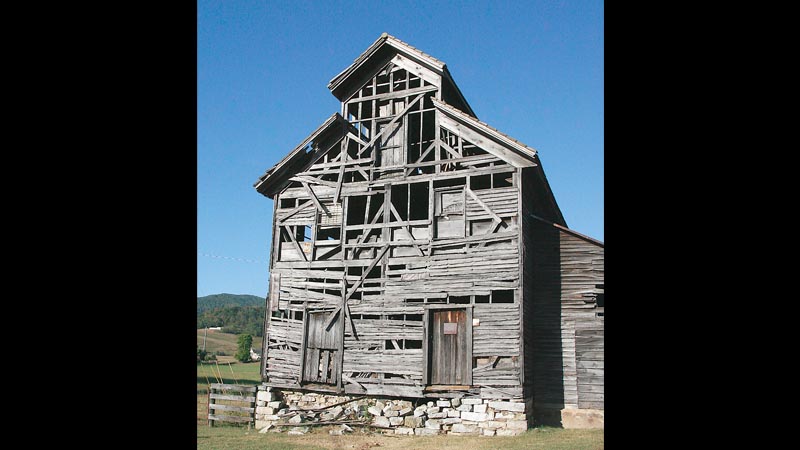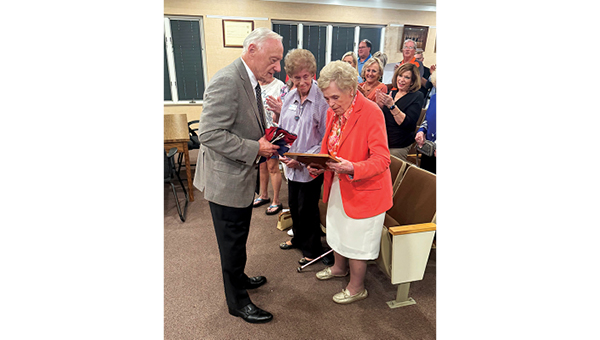Documenting History: State officials collect information on old mill before demolition
Published 5:37 pm Thursday, October 5, 2017


A piece of Carter County’s history will soon be torn down, but this week state officials visited the site to document and photograph the old grist mill so it will not be forgotten.
The old Dungan Mill building sits along Blue Springs Road, but will soon be torn down due to its deteriorating conditions. The mill’s current owner, Ben Williams, has contracted with a company to disassemble the mill.
Learning of the planned demolition, representatives of the Tennessee Historical Commission visited the mill site to photograph the building and its remaining equipment in order to document the mill’s operations.
Historic Preservation Specialist Peggy Nickell traveled to Elizabethton on Wednesday to document the mill site. Tim Hyder, also a Historic Preservation Specialist and a Carter County native, tagged along with Nickell to visit the historic mill.
Nickell said the photographs and information she collected during her trip would be added to a file on the Dungan Mill in the state’s historical archives.
“Anytime someone comes in wanting to do research on a grist mill they will have access to that,” Nickell said.
Nickell circled the outside of the old building before moving inside to document the mill workings still in place.
While the waterwheel and overshot for the mill are no longer in place, many of the interior workings were still in place, including the grinding stones, wooden gear wheels, spindles and other pieces.
“Stuff like this is disappearing from the landscape so fast,” Hyder said as he inspected the mill. “Buildings like this tell us a lot.”
Inside the mill, the level of craftsmanship is apparent according to both Nickell and Hyder. Gear wheels made of steam-bent wood are still in place. The structural supports beams — 12 inches thick squared — shown evidence they were hand hewn. The central support beam, which runs the entire depth of the building, is one solid piece of hand-hewn American Chestnut.
“This was not somebody’s first rodeo making this stuff,” Hyder said as he inspected tool marks on the beams.
The mill is one of two constructed by the Dungan family in the region. The second mill is located just across the county line in Washington County and at the time of its closing was known as the St. John’s Mill.
William Patton “W.P.” Dungan Sr. built his mill in Blue Springs around 1853. When the elder Dungan passed away in 1880, his son William Patton “Pat” Dungan Jr. took over operation of the mill in partnership with a brother-in-law L.H. Rhudy.
In addition to owning the mill, Pat and his wife, Alice Sexton Dungan, were prominent citizens in Elizabethton and helped to shape the growing town. Pat served as a judge of the Carter County Court, the county’s governing body and also served as mayor of Elizabethton. He was the builder of one of the first houses west of the Doe River, which still stands today on Hattie Avenue. Pat and business partners founded the first bank in Elizabethton (People’s Bank), had the first electric lights, the first telephone, and the first private water system. He also donated the land and the first $100 to build Dungan’s Chapel Baptist Church in Stoney Creek.







